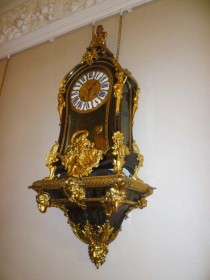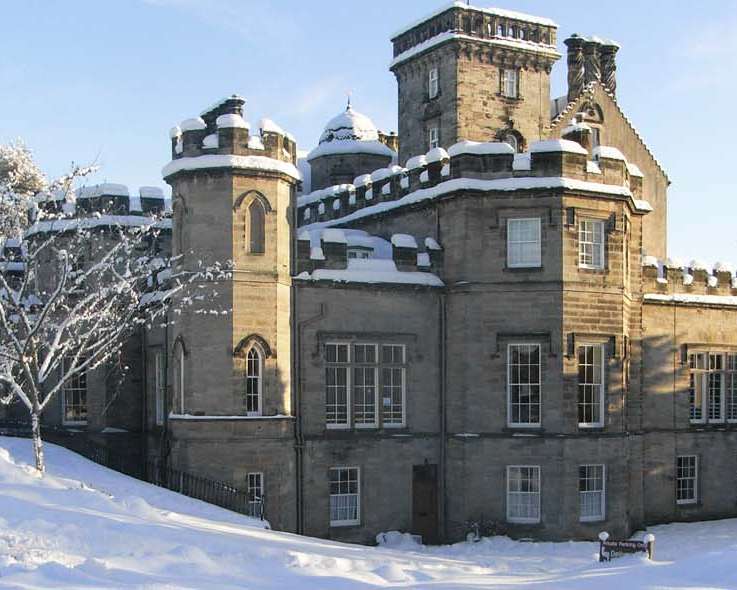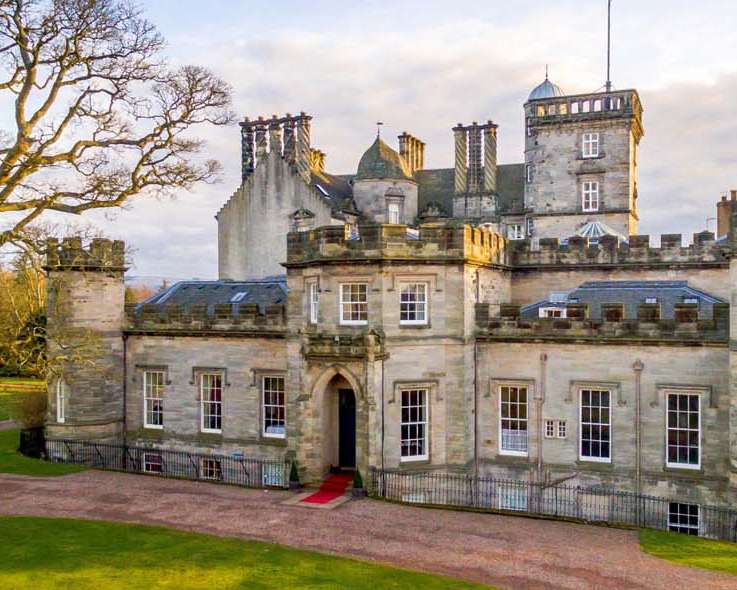
An interview with William Mitchell, Horologist, who looks after the clocks at Winton House. He first visited Winton in 1968 as a recent graduate before fully taking responsibility for maintaining the house’s time pieces in 1987.
Winton House has been an island of calm since the Scottish Renaissance. Now a hospitality venue for bespoke private events and corporate events – business dinners, strategy meetings, special private celebrations and Scottish weddings – the house exudes a grand but relaxed ambience, and is a welcome escape from the office and the stresses of modern life.
“Clocks create a pleasant atmosphere with their peaceful ticking, chiming and striking. Quite calming,” William says. Winton’s clocks provide a soothing backdrop to guests’ visits and remind us of the house’s 500 year old history.
The bracket clocks, large case clocks, mantle clocks and long case clocks at Winton House all add to the grand but relaxed ambience. The main reception rooms – the Drawing Room, Library, Cabinet Room, Dining Room and Octagon – are calmed by the ticks and chimes of family heirlooms from the 18th and 19th centuries, originally crafted in France, Germany, New Bond Street and the Scottish Borders.
One fine German clock with cartouche numerals was a generous wedding present from the local people of Dunbar to Winton’s greatest heiress, Constance Hamilton Nisbet in 1888.
When asked what attracted him to antique clocks, William explains that his fascination with clocks originally developed while staying with his great grandmother in West Kilbride who had a house full of fascinating old time pieces.
Then, encouraged by his German teacher at Merchiston Castle School, he studied at a famous college for watchmakers in Switzerland in the 1960’s. There he learnt the science and art of horology in Swiss Deutsch.
William says that “The technical drawings and language were a bit of a challenge to start with.”
He still wears a wrist watch made at the college. He returned to Scotland through France, “escaping just before the students’ Sorbonne Uprising”. His first job was with Hamilton & Inches in Edinburgh, then briefly with a company that maintained lighthouse clocks before setting up on his own in Edinburgh’s Hanover Street then Dundas Street, becoming a regular sight going about his business in the New Town wearing the kilt.
“As the railways boomed in the 1850’s and 1860’s, it became more important to have clocks. This coincided with their mass production, and lots were imported from Germany and France, then America.”
William looked after the “wonderful clocks” at Balcarres House in Fife, at Paxton House near Berwick and at Castle Leod at Strathpeffer. He was also briefly responsible for winding the clocks at the Palace of Holyrood House.
But, don’t worry, the chimes from the pre-revolution French clock in the Drawing Room are turned off for wedding ceremonies so the bride won’t be put off her vows!
Related Posts
December 15, 2021
Merry Christmas from Team Winton!
February 6, 2017

